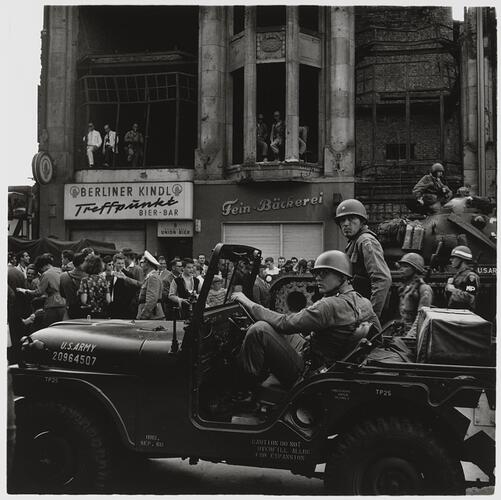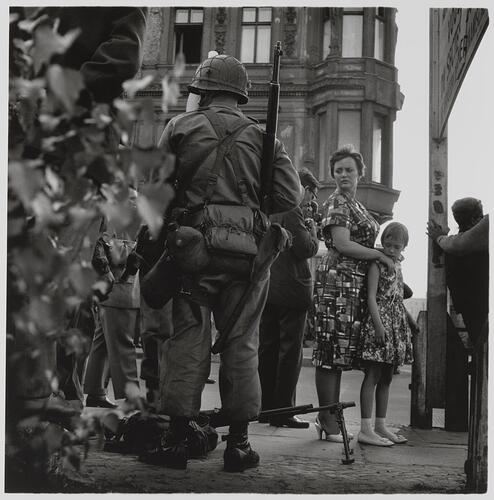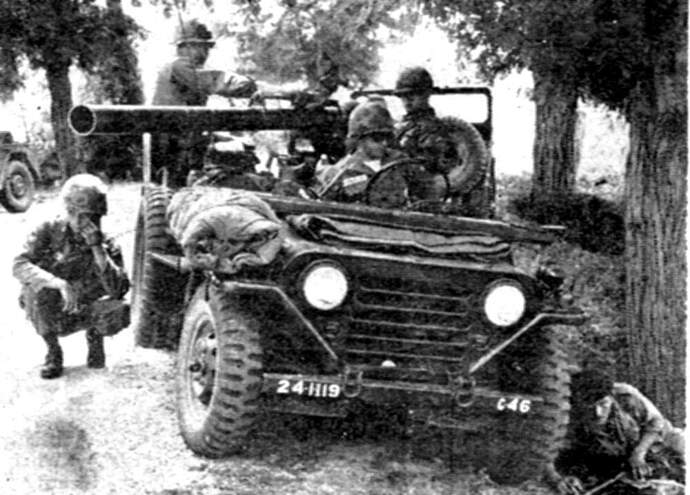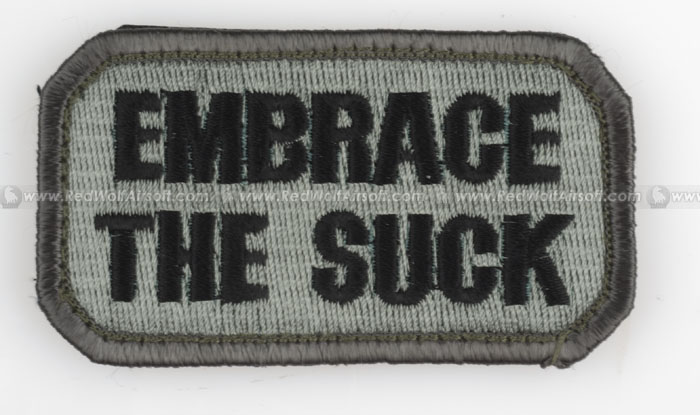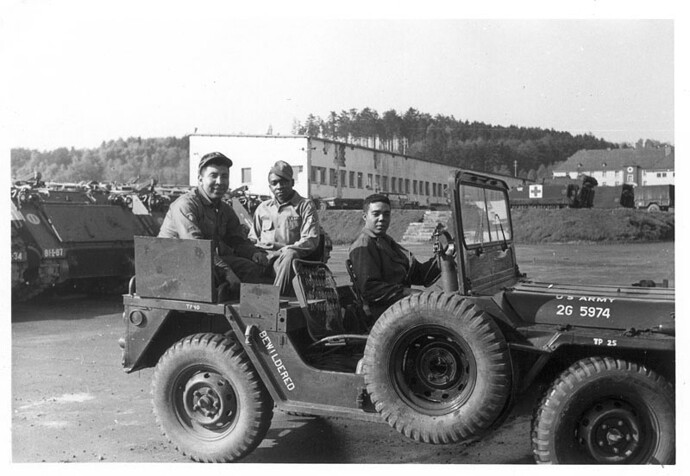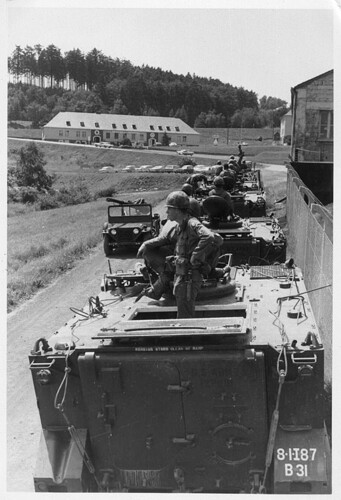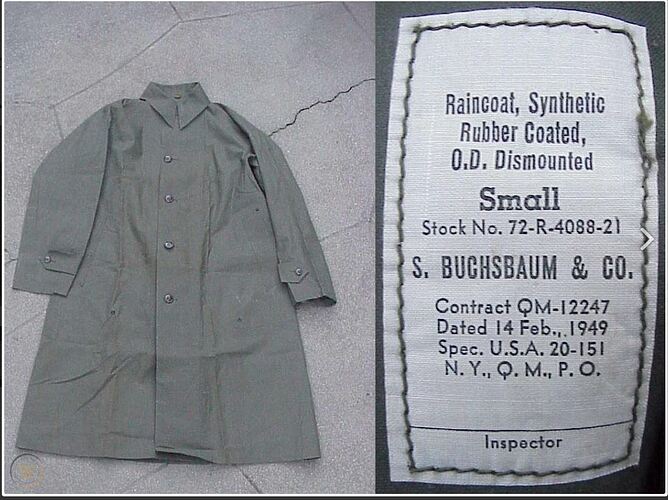Straight OOB, they would work with M103, M41, M42, M26, M46, M47, and early M48 tanks, M38 jeeps, deuce and half trucks, M4 High Speed Tractors, M57 & M75 APCs, and pretty much any other piece of equipment in service before the 1961 Berlin Wall crisis.
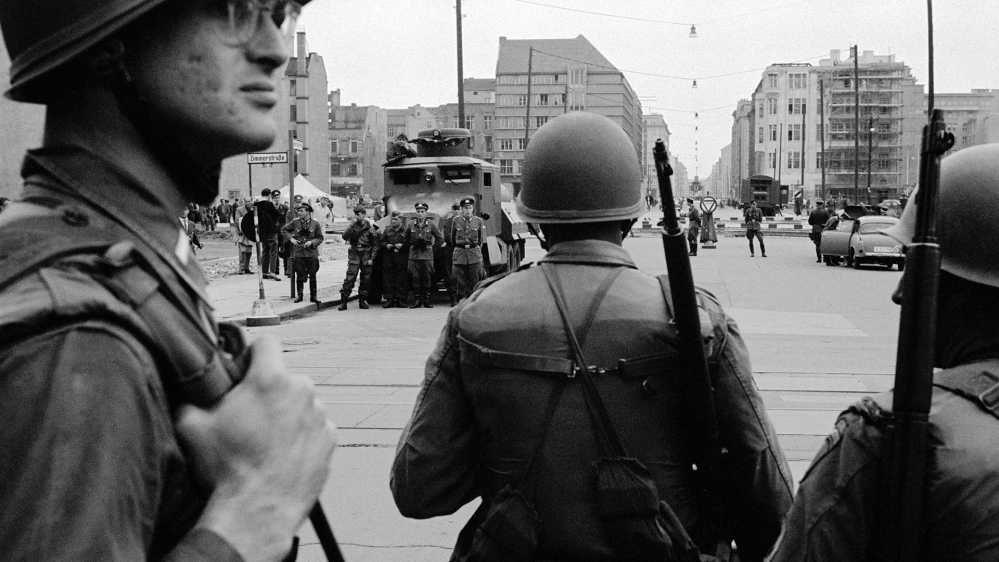
Berlin, 1961. WWII web gear and weapons still in use.
1 Like
I haven’t researched this in detail but it seems there was quite a small window of M14 use, in Europe. As these pictures show the M1 Garand was still around.
I was thinking of something quite small, perhaps a M38A1 with recoilless gun; this also poses a further question - was the M151 with the same weapon ever deployed in Europe? Even if with Airborne/Reforger forces - can anyone give me a steer?
Of course, the ideal vehicle to utilise figures with an M14 would be the M59 - but sadly - we haven’t got one (and equally sadly, I’m no scratcher).
24th ID was in Europe until 1970. This M151A1 may or may not be in Europe when the photo was taken.
Aha! Thanks; anyone else feel free to chip in; I have the Academy model and would like to do it justice, but if at all possible, in a European setting.
Found this one from 1st Btn, 87th Inf, 8th Inf Div, in the Baumholder motor pool, but the RR is removed
found one with the RR mounted! Looks like they’re ready to SP from the motor pool!
Brilliant! Again, all hail to Armorama - ever helpful!
'Not too sure when I’ll tackle it but I’ll be sure to need advice on bumper (fender? - I have no idea) numbers, colour schemes and the like; I’m assuming that these equipments would tie-in to the use of M14s?
Anyway, fantastic - though I don’t quite understand where such equipments would fit in to any USAREUR order of battle; more than happy to be educated - if anyone has the time.
Such equipment would be - back then - in say, a British Infantry battalion’s Support Weapons Company - that is those weapons that provided, in the scheme of things, heavy support, ie mortars, anti-tank (ergo, the anti-tank platoon of the battalion) etc; I’m therefore assuming a not dissimilar structure somewhere along the line. As I say, I’d be very grateful for any organizational explanation.
Thanks again.
I guess they probably were…
H.P.
1 Like
I’m not versed on an infantry battalion’s TO&E of that era either. The AT could be part of either the Battalion Combat Support Company, which had Scoutmplatoon, Mortar platoon, AT platoon, MANPAD section (Redeye Missile), and Ground Search Radar element, or each of the individual Line Rifle Company’s Weapons Platoons, or platoon weapons squad. And yes, that likely would be the end of the M14 era in those photos. ‘67 or so according to the website where I found them.
Bumper number would match the first one I posted if in a line company, color scheme would be overall olive drab
Many thanks Carlos; if, and when, I get around to this I’ll launch a separate thread, but thanks very much for your help. Hopefully I’ll do this little kit justice; sometimes I find the smaller models a welcome break from say, MBTs ('still love an M59 though!)
Ok, I found the explanation of the TO&E for that era, the ROAD Division
-
The ROAD infantry battalion differed considerably from the Pentomic battle group, but it had several things in common with the infantry battalion of the preROCID period. Like the earlier battalion, it was organized with three organic rifle companies. In both units each rifle company had three rifle platoons and a weapons platoon; the rifle platoon consisted of three rifle squads and a weapons squad, and. the weapons platoon had a mortar and an antitank section. Unlike the pre-Pentomic battalion, the ROAD unit had no separate heavy weapons company; all the organic support elements were included in the headquarters company. This company also contained a mess section, which for the first time consolidated company mess teams on the battalion level. Furthermore, the ROAD infantry battalion was tactically self-sufficient and thus had a greater degree of independence than the battalions which had been organic to the infantry regiment.
-
The third type of infantry battalion under ROAD was called “mechanized infantry.” It replaced the former armored infantry battalion (AIB) and armored rifle battalion. Mechanized infantry units were characterized by their high cross-country mobility with light armor protection and multiple communications. In addition to sharing the capabilities of the regular infantry, the mechanized infantry battalion could provide a highly mobile exploitation force when suitably reinforced, exploit the effects of mass destruction weapons, and complement and enhance the inherent capabilities of tank elements when employed in tank-infantry task forces. AIB’s and armored rifle battalions had been organic only to armored divisions; mechanized battalions were assigned to armored divisions as well as infantry and mechanized infantry divisions.
-
The mechanized division was a new organization created under ROAD which, although not as heavy in armor as the armored division, was particularly suitable for employment in such terrain as the plains of Europe or against an enemy with highly mechanized forces. All three types of ROAD infantry battalions were also assigned to separate brigades, which became more numerous during the 1960’s.
-
The organization of the mechanized infantry battalion was very similar to that of standard and airborne infantry units. Having a strength of 901, compared to 880 for the regular and 828 for the airborne battalion, the mechanized battalion was the largest unit. Additional drivers and maintenance personnel were required for the extra organic vehicles that made the mechanized unit 100 percent mobile. Signal equipment was also more numerous and, because of the mobility factor, wireless communication was more essential. Although there were fewer telephones in the mechanized battalion, the number of radios was twice that of a regular infantry battalion. Each rifle squad, for example, was authorized a vehicular radio set in addition to its portable radio. In the draft TOE the mechanized infantry rifle squad had only ten men, like the standard and airborne squads; one of the riflemen was expected to double as the driver of the squad’s M 113 armored personnel carrier (APC). In the final table another rifleman was added, thus permitting the driver to remain with the APC at all times.
-
In the process of adopting an organization similar to that of the regular infantry, the mechanized infantry battalion lost the fourth rifle company that had been organic to the AIB and to the armored rifle battalion ever since the post-World War II reorganization. However, the battalion did gain an improved antitank capability. The only antitank weapon in the AIB and armored rifle battalion had been the 3.5inch rocket launcher, while the ROAD mechanized battalion was also authorized 90mm. and 106-mm. recoilless rifles, the ENTAC guided missile, and finally the LAW. The number of machine guns was reduced by the ROAD TOE’s, but in spite of this reduction there were still more 7.62-mm. and .50 caliber machine guns in mechanized infantry units than in other infantry organizations.
So your 106mm gun jeep would be in the rifle company’s weapons platoon, which likely account for the C-46 bumper number in the above photo, the 4 series being weapons platoon of C company.
Thanks Carlos - now that’s an answer! That would also explain the radio fit on the Academy model. brilliant.
One final question - so I don’t cock this up - rough time frame? Just to make sure I get my personal weapons right. I’m assuming a crew of 3, possibly 2 with M14 rifle and possibly 1 with the M3 SMG; would that be likely? Also, I tend to need a year (a bracket will do) as I tend to label my models with such info.
Thanks again; apologies for needing to be spoon-fed(!)
Actually I can work most of this out now I know about the ROAD concept, the name of the Div and the timescale of the M14. However, if someone could confirm my planned weapons mix (and confirm the crew number) I’d be grateful. I think I can hammer out everything else
The only folks that I remember carrying the M3 Grease Gun were tank crew and battalion mechanics. But I was in a Division 86 TO&E, which was introduced in the late 70’s.
Again, per the same source here is the low down in weapons in the ROAD Division Infantry Battalion
-
The ROAD infantry battalion was not only more powerful than the ROCID battle group; its firepower was also much greater than that of the pre-Pentomic infantry battalion. The battalion that had fought in Korea ten years earlier had no M14 rifles, M60 machine guns, M79 grenade launchers, 90-mm. or 106-mm. recoilless rifles, ENTAC’s, or Davy Crocketts. Although it could depend on close support from the regimental heavy mortar company, the Korean War unit did not have organic 4.2inch mortars, whereas the ROAD battalion had heavy mortars in its own headquarters company. The 3.5-inch rocket launcher, .50-caliber machine gun, and 81-mm. mortar used by the earlier infantry battalion were still authorized for the ROAD unit. However, the LAW was being tested as a substitute for the bazooka, the Redeye was being designed to replace the machine gun in the antiaircraft role, while the 81-mm. mortar being issued was a new and improved model.
-
Only the .45-caliber automatic pistol was the same in both the older and newer battalions. All other weapons organic to the Korean War unit had either been replaced or were scheduled to be replaced in the near future by more sophisticated and powerful weapons. As a result, the ROAD battalion’s total firepower was significantly greater than that of its Korean War predecessor, in spite of the fact that its personnel strength was less by fifty-seven men. The communication and transportation equipment of the ROAD infantry battalion was also considerably better. The number of radios and telephones had increased from 66 and 29 to 176 and 149, respectively; trucks had more than doubled from 49 to 115. Neither helicopters nor fixed-wing airplanes were authorized for the infantry battalion, but there was an aviation battalion in the division base of each ROAD division with enough organic aircraft to airlift an entire infantry company at one time.
Brilliant Carlos; thanks again.
You’re quite welcome Brian. I am quite interested in learning the organization myself.
At the risk of a somewhat protracted thread hijack, I must admit I find exploring the earlier configurations of the Cold War organisations fascinating; without I suppose sounding too high-handed I also find it sets my models in context a little more - and of course enables more realistic dioramas/displays once you can work out what was where and when (it was used). Couple such research with the excellent Tankograd books and it all comes to life.
Anyway, thanks again.

